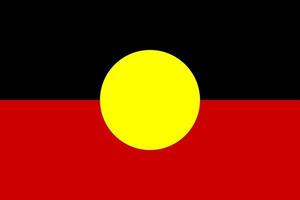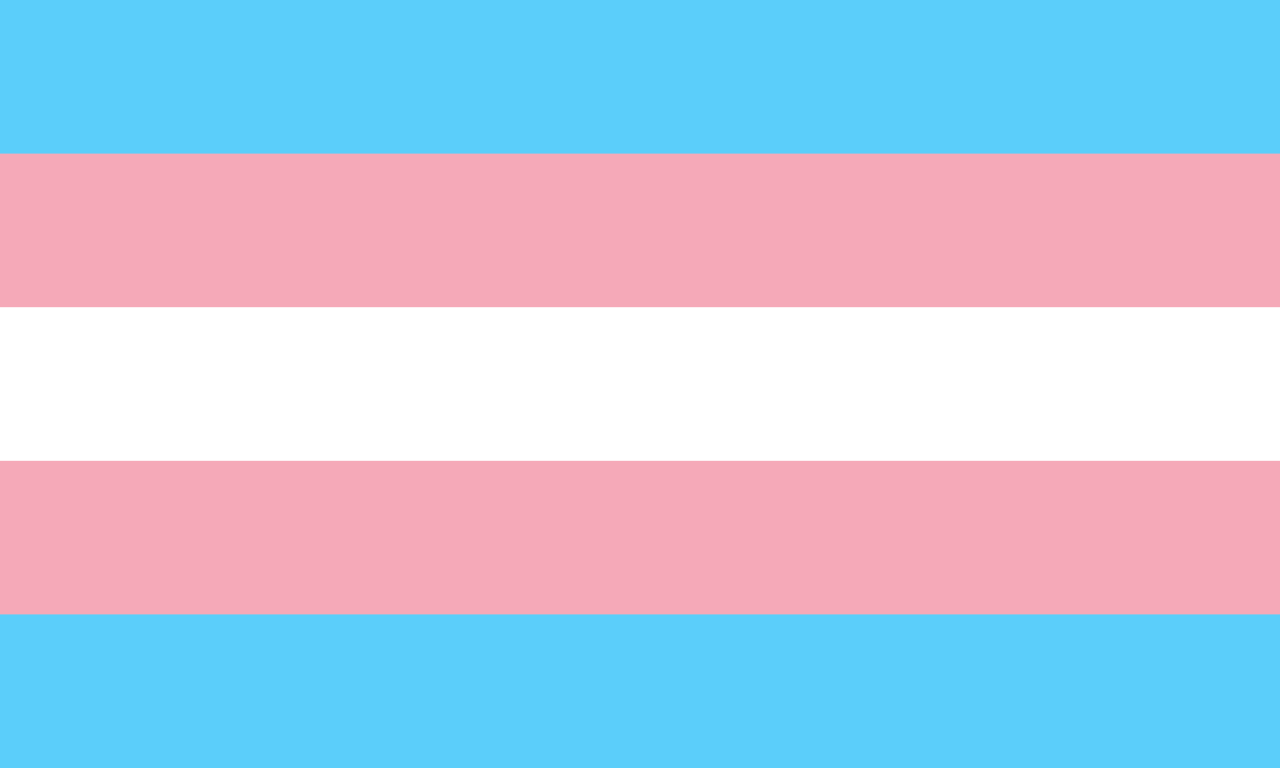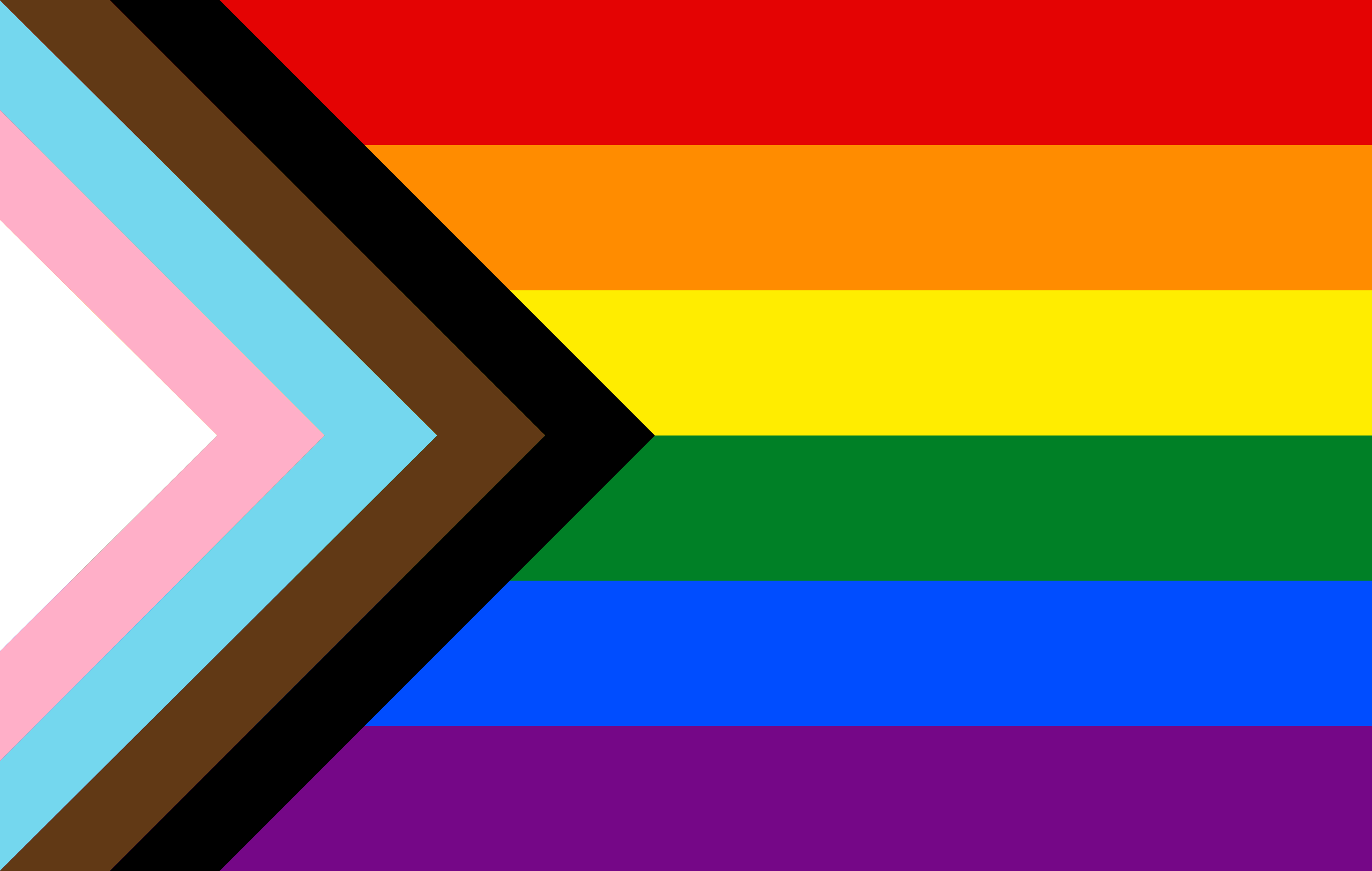Breast Surgery Recovery
Breast Surgery Recovery
Breast Surgery Wound Care and Recovery
Post-surgical care is important to ensure the best wound healing, pain management, and to help people get back to their normal lives as soon as possible.
Oncoplastic breast surgery, single incision mastectomy, double incision mastectomy and breast reduction surgery all have specific post-surgical care needs that your surgeon will communicate to you pre-surgery. This article contains common principles for expediting surgical recovery after breast surgery.
This page contains a range of general medical and surgical principles that are recognised as current best practice. The information presented does not take into account personal medical history or individual post-surgical care plans and therefore does not represent medical advice. Always speak to your surgeon for advice tailored to your specific case.
Breast Surgery Recovery Timeline
Recovery from breast surgery typically progresses relatively quickly compared to other procedures. However, during the first 30 days post-surgery, it's advisable to make minor lifestyle adjustments to facilitate healing.
Within the first 24 hours the site of the surgery may have a pressure wound dressing, meaning you are unable to bathe. During this time, pain management and immediate post-surgical mobility is the main focus of recovery.
After the first 24 hours, the pressure wound dressing is removed, and light, non-strenuous activities can be resumed. The first week is important for recovery and requires daily monitoring of both the wound and pain levels.
After a week, most normal activities can be resumed while still monitoring daily pain levels and wound health to minimise scarring.
Food and eating - Immediately after breast surgery you can eat as normal, however abstain from alcohol, smoking, and non-prescribed drugs/supplements for at least one month.
Bathing - You can shower immediately after surgery once the pressure dressing (if there is any) has come off. Avoid soaking your wound under water (e.g. swimming or taking a bath) for 4 weeks.
After care appointment - Attend your one-week post-operative appointment. This appointment is needed to check on the surgical site, and help to monitor your progress and pain levels.
Monitor the site - Contact your surgeon or GP with any concerns with your wound especially if there is bleeding, increasing redness or pain. It’s normal to have a small amount of pain, bruising and swelling but if you notice any increases in pain, swelling or bruising, you must see someone.
Remain mobile - Staying mobile and not remaining in bed excessively reduces the risk of blood clotting.
Recovery exercises - Follow the post-surgery exercise information provided for you to avoid frozen shoulder
Wear supportive protection - Wear the compression vest or sports bra recommended by your surgeon for 4 weeks. It’s important to provide support to your breast/chest after surgery to help with swelling and pain.
Monitor drain tubes - If your surgery requires drain tubes to be inserted after surgery, we will provide drain care information to you before your surgery. Our nurses will also provide education on how to look after them after the surgery before you go home.
Driving - Avoid driving for at least one-week post-surgery & until you have discontinued all pain medications. Make sure you can turn your upper body without pain before driving.
Heavy lifting - Avoid heavy lifting (more than 2kg) for 4 weeks. Lifting movements can pull on your wound and cause pain.
Post-surgery you can:
You should:
Things to avoid:
Pain Mangement
Key principles of pain management are to decrease local pain, swelling and discomfort after surgery.
Pain management Tips
Expect some pain and discomfort post-surgery despite local anaesthetic administration.
Take regular paracetamol (1000mg, 4 times daily) immediately after surgery, even if pain-free, to pre-empt discomfort as local anaesthetic wears off (12-24hrs). Continue for one week. If medically appropriate, also take anti-inflammatory medication such as 400mg of ibuprofen 3 times daily with food for one week.
You will be given some Endone for breakthrough pain to be taken every 4 hours as needed if the above medication is not enough. Most people only need a couple in the first few days after surgery. Contact your surgeon if additional doses are required.
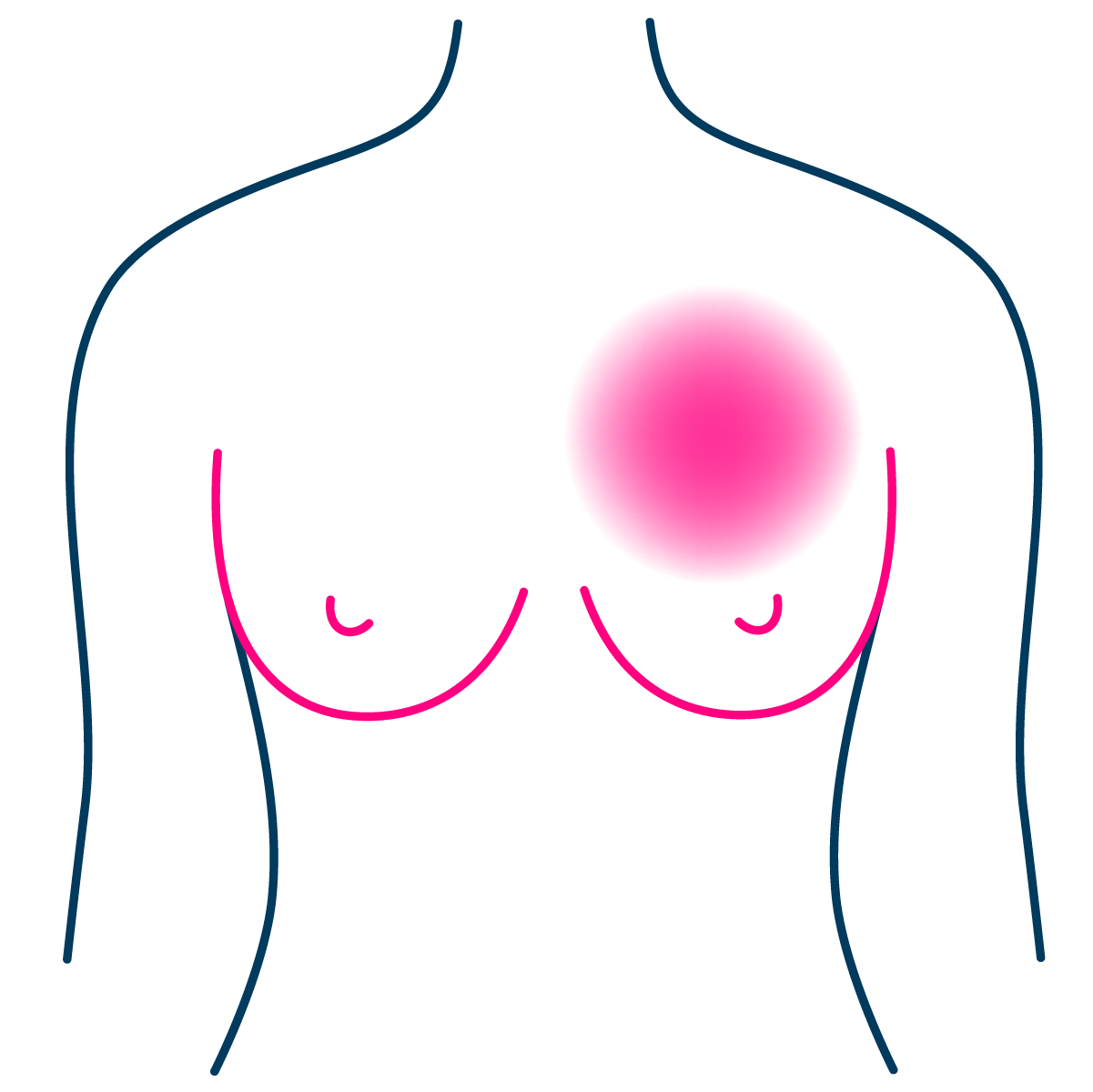
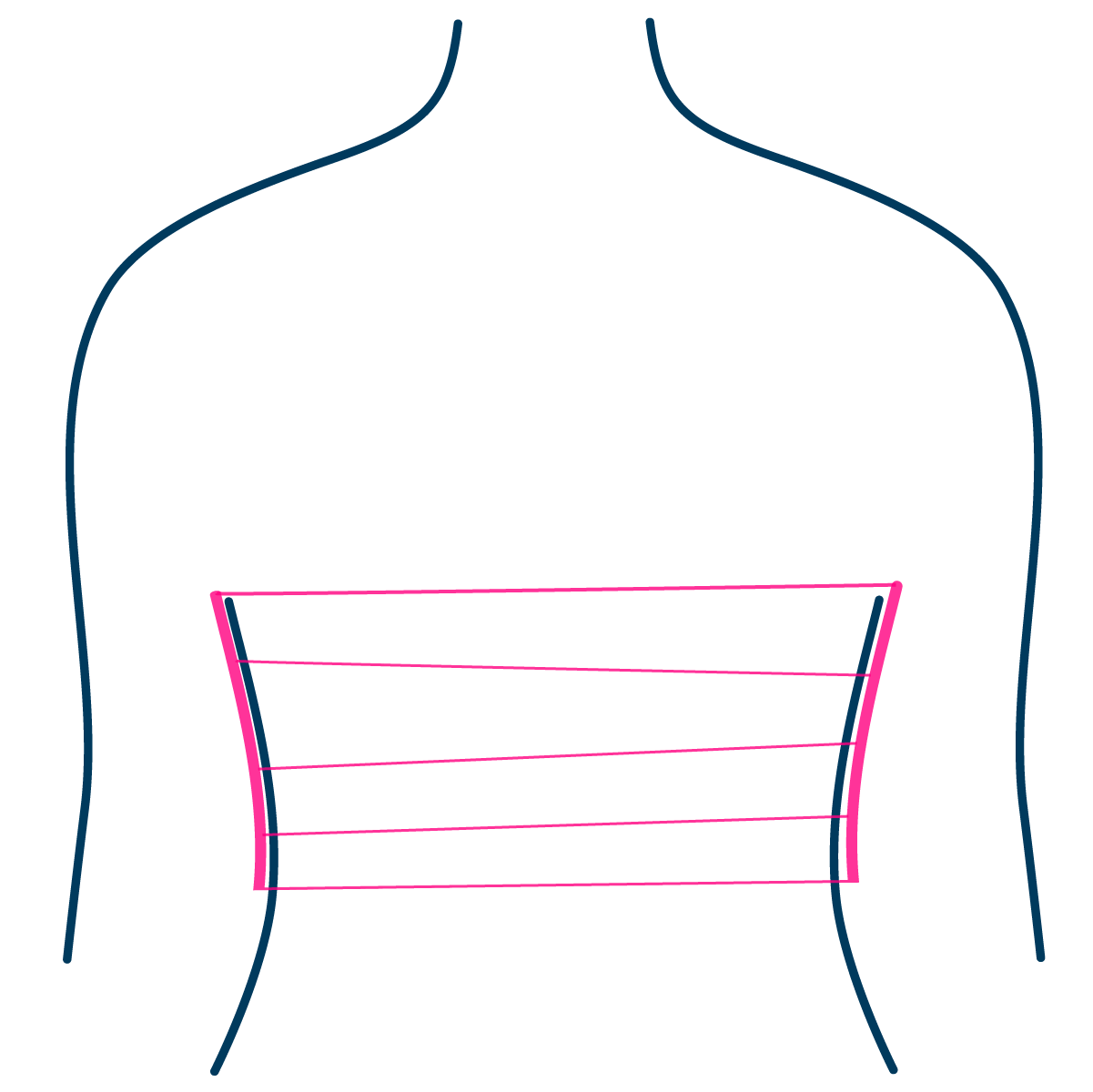
Wound Care
During your surgical recovery it is important to take care of the surgical site to prevent infection and expedite wound healing. This has a positive effect on post-operative scars, reducing their appearance.
Post surgery the following steps should be taken to provide the best wound care:
Your wound will be sealed with a dissolvable suture that does not require removal.
Sometimes we may put a pressure dressing on your wound. This is to remain for 24hrs if we do. You can not shower while you are wearing a pressure dressing.
To help with wound healing and reduce the chances of hypertrophic scar, our surgeon applies special tape (steristrips) to take away tension on the wound. We also apply a specialised hydrocolloid dressing (e.g. DuoDERM® or Comfeel®) which is water proof, it will improve wound healing by reducing infection risk, increase collagen production and keep your wound hydrated. All of these factors are known to improve the final appearance of your wound.
The dressings used after surgery are transparent. If the wound underneath the dressing is clean, then there is no need to remove or clean the dressing. Leave the dressing on for 4 weeks. To remove the dressing apply warm water and rub them off in the shower. The dressing should remove easily.
While silicone gel or sheets are often suggested by medical professionals, there is currently insufficient scientific evidence to support their benefits for wound healing beyond this stage. If you choose to use them, it's important to be aware of the application site and remove them promptly if you experience any itching or redness on the skin, as some individuals may develop a silicone allergy.
Depending on your specific skin complexion, the scar may become darker after sun exposure. Therefore, it’s important to wear sunscreen whenever your scar is not covered by clothing.
Links to Additional Information
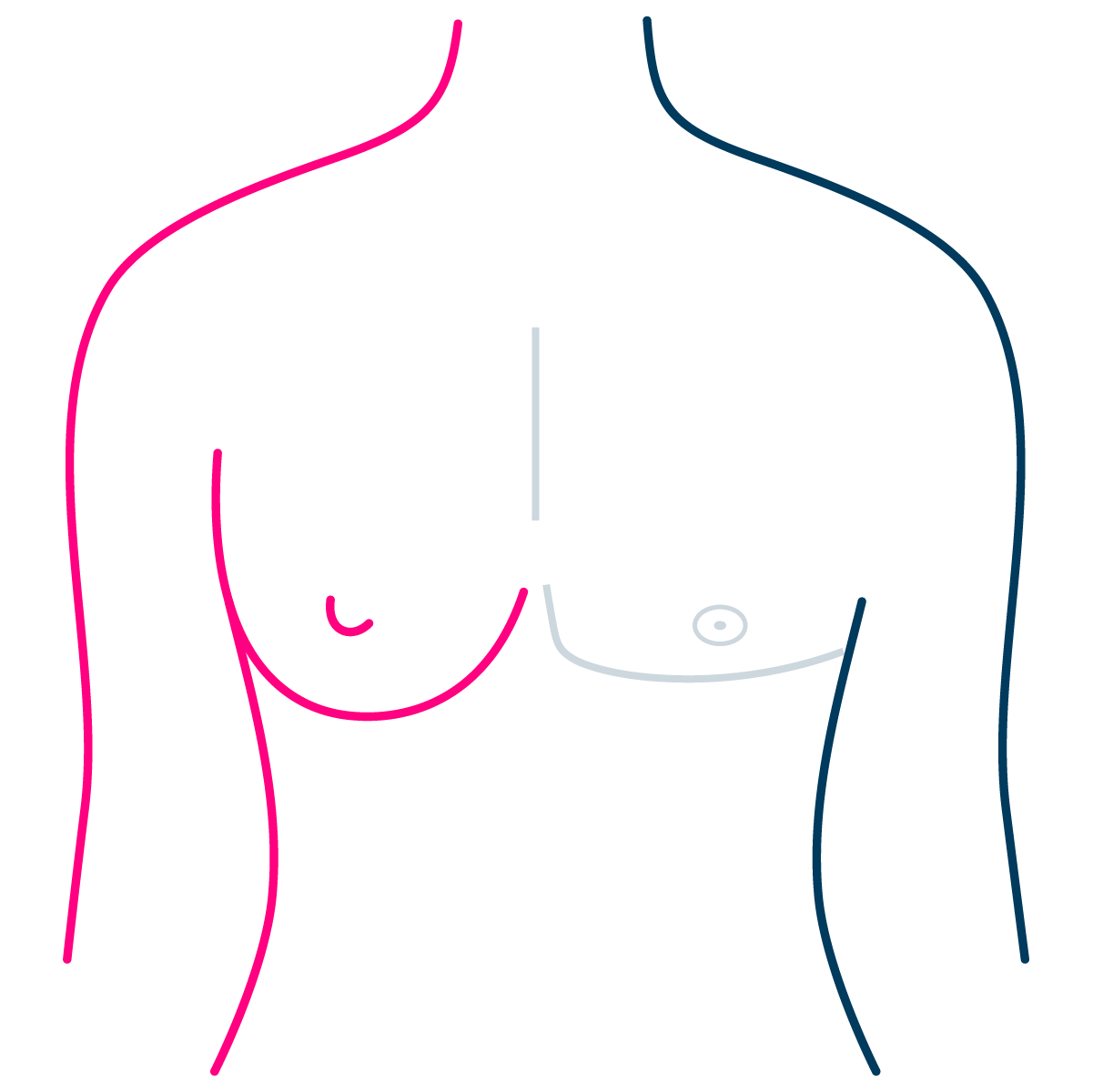
Appointment booking is provided in English.
Consultations are provided in English and Mandarin Chinese.
